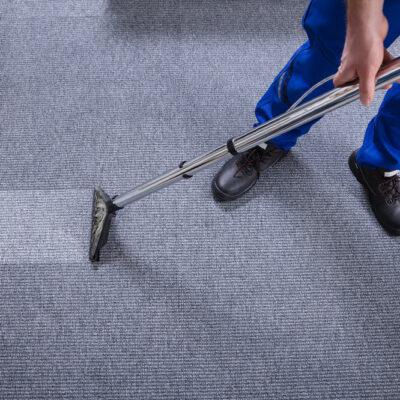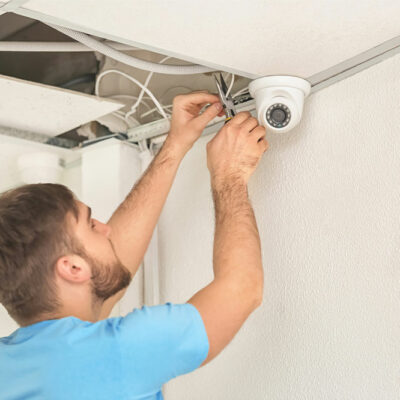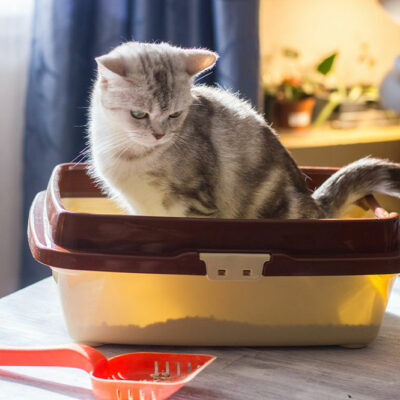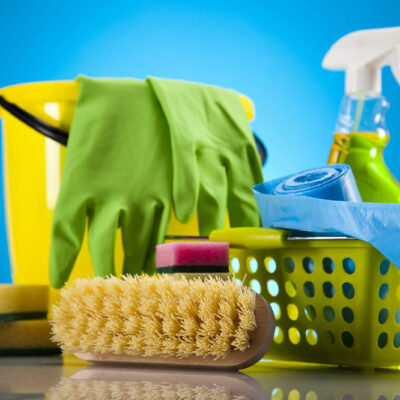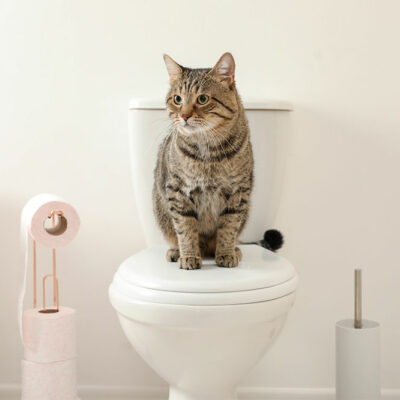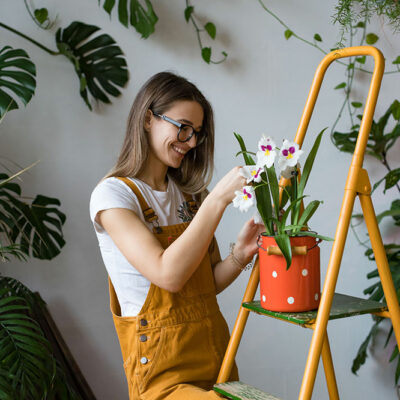
Home and Garden
6 common gardening mistakes to avoid
Maintaining a home garden, whether small or large, is a hands-on task. And if you don’t plan on hiring someone to take care of the nitty gritty, you’ve got your hands full with all the tasks that come with gardening. So, from finding the best plants to maintaining them, you have to pay attention to all the details. So, if you plan to make your garden flourish single-handedly, avoid making these common gardening mistakes. Don’t make an overly ambitious garden plan It’s good that you want to take up gardening as more than a weekend hobby. But a common mistake most people make is setting unrealistic goals about how the garden should look. Bigger is not always better when it comes to building a garden, as you will need more time to keep it in great shape. Start small and expand the selection of plants wisely. Don’t overcrowd plants Plants need space to grow and bloom. So, ensure you don’t place them in close proximity. Experts suggest keeping at least two feet of space between saplings so they can grow and spread out naturally. You also don’t want to plant too many varieties, as each type of plant will require specific watering, nutrition, and care.



